Four Views of Church and Culture
This article originally appeared on June 7, 2020 on Medium. It was a paper that I submitted for a class at Northern Seminary.
Bob Dylan once said that popular culture “was like the unbroken sea of frost that lay outside the window and you had to have awkward footgear to walk on it.” His lyrics are very confrontational and provocative, yet as Suze Rotolo said, “stilled the room.”
Dylan’s prophetic drive mixed with his awkward relationship to pop culture is similar to the relationship between the Church and culture. The Church is comprised of a people who desire to transcend the world, and yet worship a God who entered into it. Who we are, where we come from, our values, our distinctions from others, our hierarchies, and our economics shape our relationship with culture in ways that we aren’t even aware of. We awkwardly attempt to tell the truth, but struggle to be a presence of peace and stillness in the room. In this article, we will be exploring four of the major ways the church has related to culture throughout history.
The Catholic Tradition
While the Church grew up facing persecution from the Roman Empire, it eventually became tolerated and ultimately declared to be the religion of the empire. The once persecuted followers of Jesus were now a part of an institution that was marked by power and privilege. With this newly acquired wealth and power, the church built large buildings, acquired land, and created art. Augustine had written about the two cities of earth and God. He imagined Cain’s City of Man fading away as the church pilgrims toward the City of God in heaven. Yet eventually, there became one city (the Church) with two swords (spiritual and political).
Origin Stories
The Roman Catholic Church developed in a world that had been shaped by the Platonic origin story where the gods created humans out of earth and fire with enough wisdom to survive, but not enough political wisdom to care for the common good. They told of the king Romulus who had been killed, but whose body was never found. This led to the people declaring Romulus to be “a god, the son of a God, the King and Father of the City of Rome.” Thus, the Roman Empire was the political manifestation of a theological origin story. While the Roman Catholic Church also had stories of murder and lack of wisdom, it placed those events after Creation and the Fall, as events that revealed the depths to which humanity had fallen from Eden. While Christianity grew out of the Jewish faith that focused on a king, a temple, and land, the Roman origin story focused on a king, a god, and a city. Thus, the Roman Church was forged through the merging of the theological and political stories of their surrounding cultures.
Time
The Romans shared the ancient view of time as being cyclical. They concluded that while the future may contain an ebb and flow of creativity and decline, there would never be anything truly new under the sun. Christians began to view time as linear, where God created the world and is directing it toward a specific end in the future. For Christians, this divinely determined future gave them a hope. While the Roman view of time was “caged,” the Catholic Church’s view of time was directed toward the freedom of Christ’s restoration. This freedom opened up space for political and artistic creativity to form toward a common goal. Because time had been created by God, it could be “redeemed and ordered to eternal life.” Thus, the role of the Catholic Church would be the communal participation in the redemption and ordering of time.
Community
The Church had a more universal imagination for community that pursued participation through love of God and neighbor than the Roman Empire did. The City of Man inspired pursuing the love of self that led to contempt for God, while the City of God inspired a pilgrimage of love for God that led to contempt for self. This communion was formed by their redemption in Christ, with its sign being the Eucharist. The Eucharist reached a power that no political authority had previously attained, uniting people across all ethnic distinctions. Thus, political authority waned in the face of the cosmic mystery of divine authority. However, as the authority of the Church continued to expand, their power structures were formed by the hierarchal Chain of Being that reflected more of the Roman class system than the Sermon on the Mount. The church became more synonymous with power, filled with unconverted Christians, and eventually lost its distinctive vision of love for God. With economies in flux, and people using the Church for power, the values of the culture began to take over the Church.
The Lutheran Tradition
Martin Luther sought to return the church to the ways of the early church, which he assumed were free from hierarchy, corruption, philosophy, and speculation. To do this, he created a utopian two kingdoms vision of a strong government and a free church.
Origin Stories
Martin Luther based his theology in the Bible’s origin story of creation. He taught that God created the world by giving Adam a covenant of works to be fruitful and multiply. This covenant of works would be the framework through which God would rule over the universe with his natural law. He also taught that after Adam and Eve sinned and were exiled from the Garden that God began a covenant of grace. In order for those under the covenant of works to enter the covenant of grace, they would need the redemption through Christ as Mediator. Christ, as the second Adam, would ensure the origin of a new perfected eschatological creation story through his perfect obedience and suffering the death penalty of sin for his chosen people.
Spheres of Sovereignty
Luther taught that both kingdoms were established by God to enact God’s sovereign rule over everything. While the Kingdom of God would ultimately endure beyond the Kingdom of the World, both kingdoms were necessary and good parts of God’s rule.
The Kingdom of the World was believed to have established worldly institutions such as governments, created hierarchy, and brought justice, retribution, and punishment for sinners through the sword. It was necessary in order to create a peaceful environment in which the Kingdom of God could flourish. It was primarily concerned with maintaining civil order through enforcing outward peace. This order would include enacting laws regarding marriage, family, education, science, recreation, art, and any other human endeavor.
The Kingdom of God was believed to bring redemption through ecclesiastical institutions, while exchanging hierarchy for equality, and extending love, mercy, and forgiveness to the Saints through the gospel. It emphasized preaching to awaken the Holy Spirit in the lives of individuals so that they would support the Kingdom of the World through good works.
Authority of Scripture
Luther believed that authority for the church rested in the special revelation of Scripture. Scripture alone was sufficient to produce a distinctly inward obedience for the Christian. He also believed that while Scripture held authority for all matters within the church, it was also limited to the church and would not overstep into the Kingdom of the World.
Individual Priesthood
While the Catholic Church defined the “priesthood of all believers” as liturgical participation that was led by ordained priests, Luther privatized the priesthood to allow every individual believer to offer spiritual sacrifices. By dividing the rule of God into two kingdoms with separate responsibilities, giving authority to Scripture alone, and declaring every person to be a priest, Luther stripped the Catholic Church of its power over society and the believer.
The Reformed Tradition
With the Catholic church’s monopoly on the Christian faith out of the way, Christians outside of the Catholic Church had to think about how they were going to relate to culture. The Reformed tradition had an approach that was rooted in the sovereign Word of God.
Origin Stories
The Reformed tradition was rooted in their understanding of the Creation and Fall narratives. Calvin believed that the origin of all things was the Word of God. He believed that God was sovereignly directing all things, especially creation. Richard Mouw and Abraham Kuyper continued Calvin’s ideas by teaching the cultural mandate from Genesis 1:28 — to be fruitful and multiply, to fill the earth, and to have dominion. The concept of God’s Word decreeing God’s will in all of creation was perhaps best summarized by Kuyper when he said, “There is not a square inch in the whole domain of our human existence over which Christ, who is sovereign over all, does not cry, ‘Mine!’” Because God’s Word was the determiner of all things, God’s Word was the origin story for all created authority. However, Calvin believed that after God’s orderly creation of the world, Satan attempted to bring disorder by bringing down God’s image bearers. Calvin reasoned that Satan believed that Adam’s fall in Eden would lead to “the most dreadful confusion…in the whole world.”
Spheres of Grace
The Reformed Tradition teaches two separate types of grace. Common grace is the sovereignty of God bringing goodness into the world, including for the non-elect. While Luther would have framed such things as government, marriage, family, education, science, recreation, and art as part of the City of Man, Calvin believed that these were orders of creation decreed by God for his glory. For Calvin, these manifestations of grace that are given to all humanity were not merely to preserve a fallen world, but were original orders given prior to the fall.
The Reformed Tradition teaches that the disorder brought about by the fall of Adam also necessitated a reordering. This reordering would be accomplished through God’s saving grace for the elect that God chose would receive it. He taught that the church would gradually bring the rule of Christ over the earth until Christ returns. Instead of being separate from the government as pilgrims heading toward a different city, Calvin believed that Christians were to pray for the government, lobby the government on behalf of the poor, utilize the government to promote true religion and discipline, and hold the government accountable. Ultimately the full reordering that comes with saving grace was offered only to the elect that God had chosen to save. According to this view, the purpose of creation was to save the elect, with those not chosen being damned forever.
The Anabaptist Tradition
While the Protestant Reformation was taking shape, another tradition that was developing outside of both the Catholic and mainstream Protestant traditions was the Anabaptist Tradition. Due to their pacifism and belief in believers baptism, the Anabaptists faced much persecution at the hands of both Catholics and Protestants. As a result, they were unable to develop with the political freedom that the Lutherans and the Reformed traditions were. However, they have seen a resurgence lately with such leaders as Stanley Hauerwas.
Origin Stories
The Enlightenment brought about a world that was focused on reason as the path to freedom for all people. Postmodernism specifically taught that all of humanity had the capability to discover morality based on our universal human experience. Due to the persecution that anabaptists have faced at the hands of the religiously powerful, they grew amongst these conversations without being able to fully participate in them.
Just like the Catholic, Lutheran, and Reformed traditions, the Anabaptist Tradition also believes that God created the world good, but that the creation has fallen due to the sin of Adam. However, while the anabaptists believe in this traditional narrative, the origin story that they primarily look to is not the story of the universe, but the story of Jesus.
The Jesus Story Ethic
Hauerwas believes that Christians tend to reduce Jesus to a set of theological ideas that form principles of ethics. Instead, he says that we are to live as a community of people who engage in in practices that are formed by the story of Jesus. This story is centered in his literal life, death, and resurrection. By becoming a Christian, one is entering into the story of Jesus, in whom the stories of Israel and the Church climax. Therefore, he teaches that the focus of the church should be on the church, rather than on the world. He reasons that the world doesn’t need to become more and more just over time, but that the world needs to realize who it is as exiled from the story of Jesus. The Jesus story ethic is contrasted from the world most clearly by Christians living out the journey of the Kingdom by obeying Jesus’ commands in the Sermon on the Mount. Ultimately, the Anabaptist Tradition proposes that in a postmodern world in which all narratives co-exist, that an ethic that is informed by the story of Jesus will put all other worlds into an “epistemic crisis.” This crisis, they propose, will be what leads the world to Jesus.
CONCLUSION
Each of these four views grow from a combination of their own cultural settings and their interpretation of the origin of creation and the fall. They would each affirm the traditional Christian story of Creation, Fall, Redemption, and Restoration, but would see that story through lenses shaped by their cultures and theological priorities. While there are parts from each of their perspectives that resonate with me, I believe that none of them go far enough in dealing with our 21st Century relationship to culture. In the next article, I will be laying out a vision for where Christianity needs to go along with more about how the awkward footgear of these four views can help us tread onto this unbroken sea of frost while stilling the room.

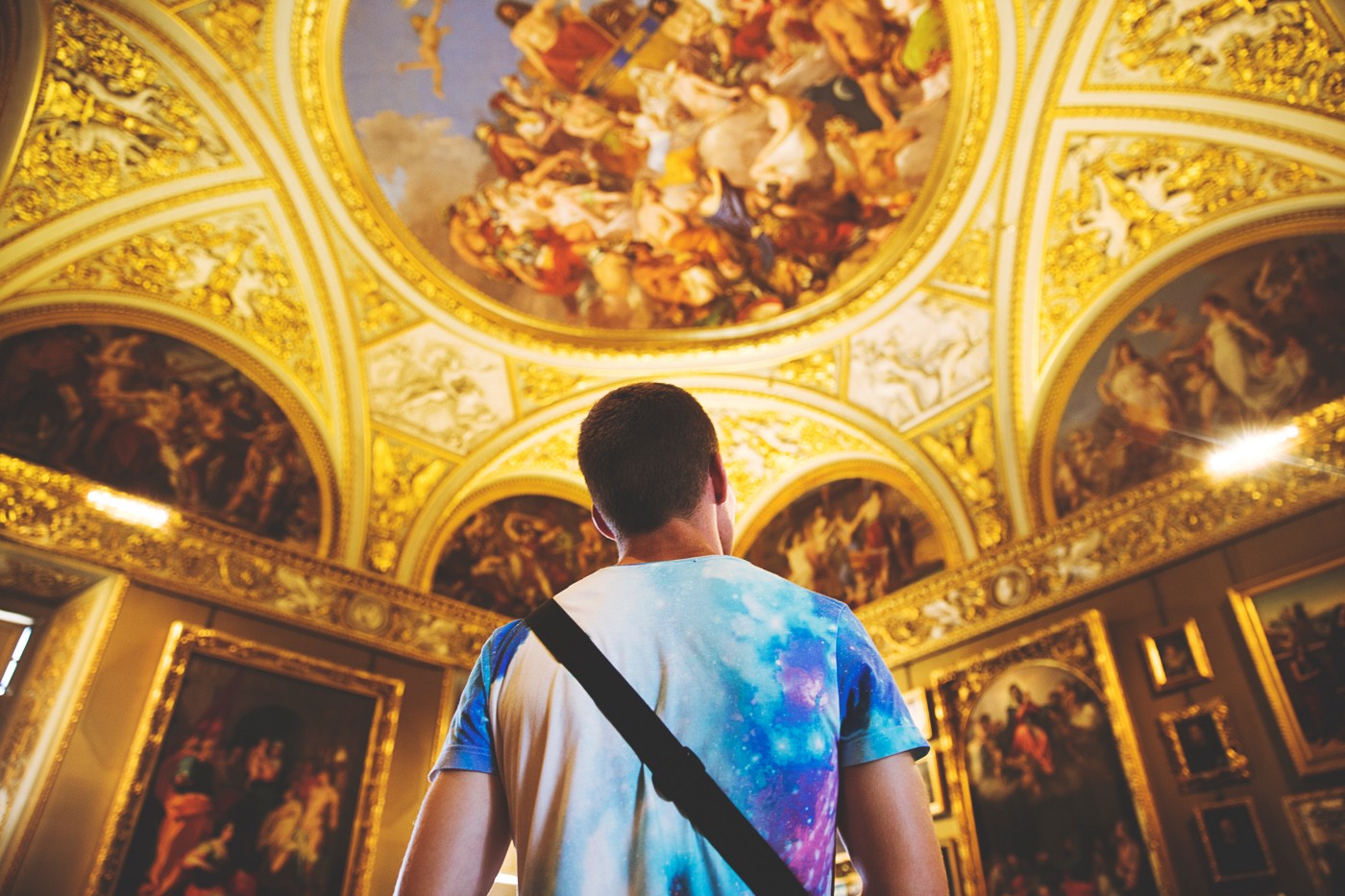
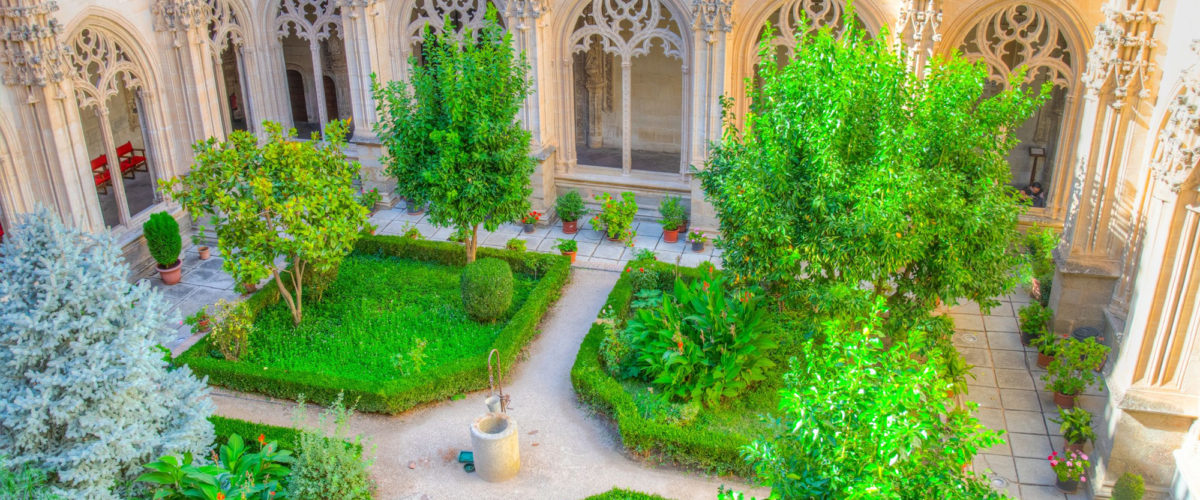

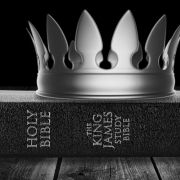
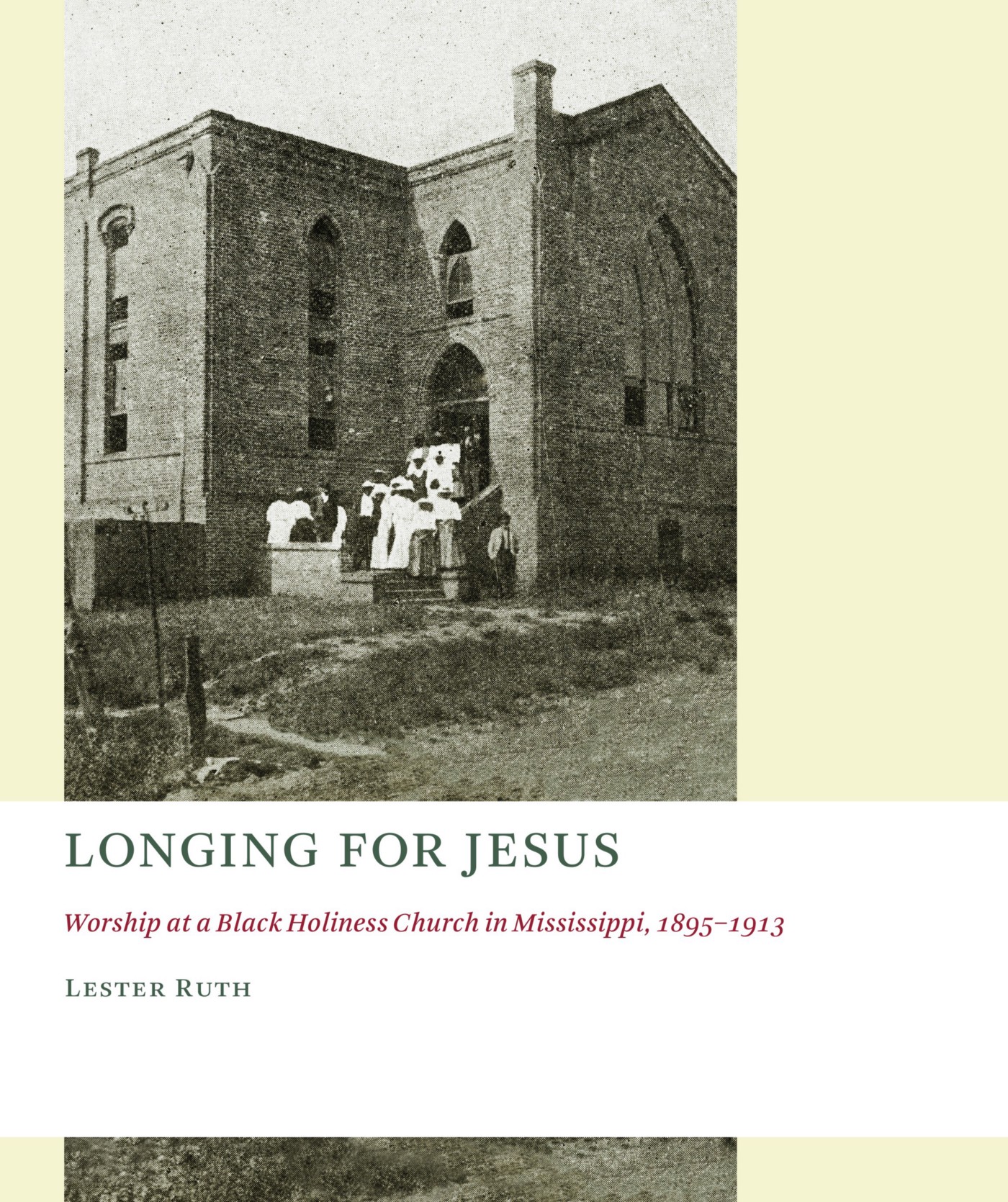
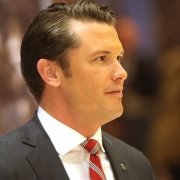



Trackbacks & Pingbacks
[…] In our previous article, we looked at how the Catholic, Lutheran, Reformed, and Anabaptist traditions have seen the relationship between church and culture. Each of these traditions were rooted in an origin story that, though very different from one another, still held to the traditional Christian narrative of the universe being Creation, Fall, Redemption, and Restoration. While each of these views have brought some strengths to the table, they fail to engage the scientific and metaphysical reality that we have come to learn about the universe. I will be proposing a radically different understanding of the cosmos that can remain connected to orthodoxy, fully accept our modern understandings of the universe, provide an infinite space for future growth, and transform the relationship between the church and culture through making disciples with a complexity, depth, and unity that the other four traditions do not have. […]
Leave a Reply
Want to join the discussion?Feel free to contribute!